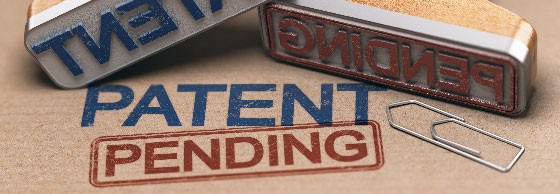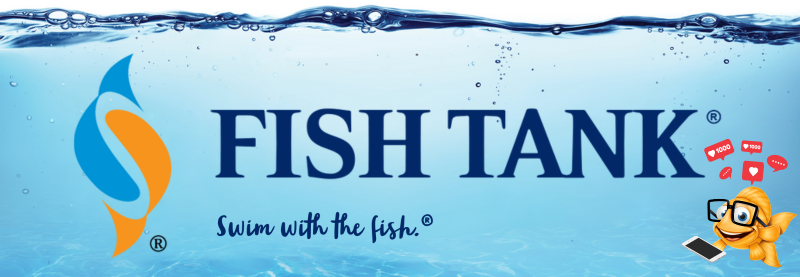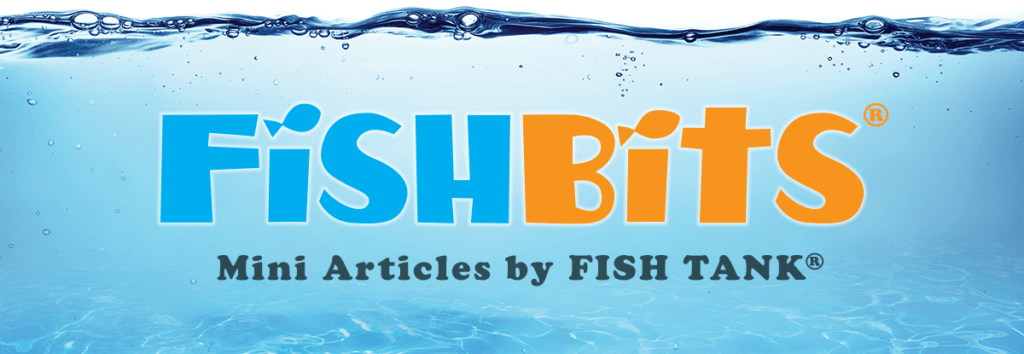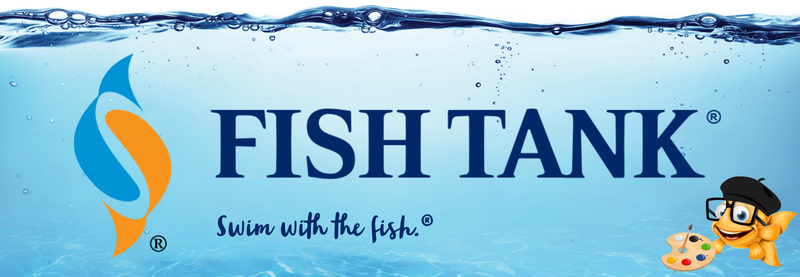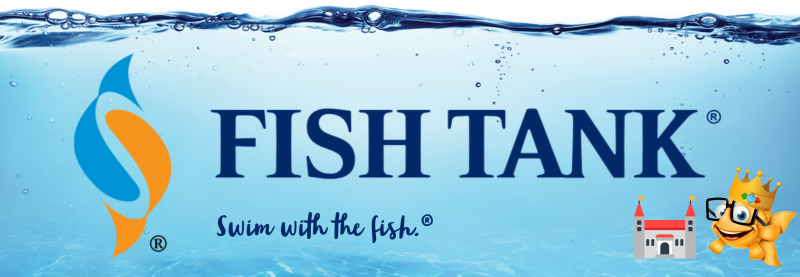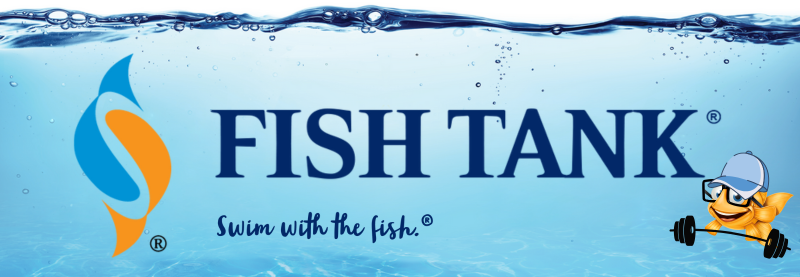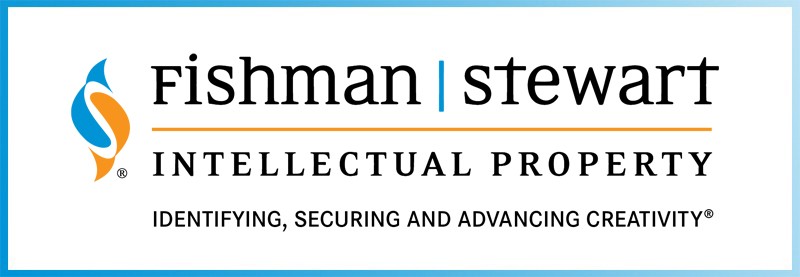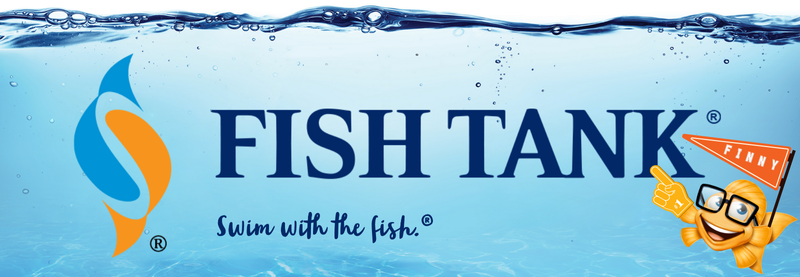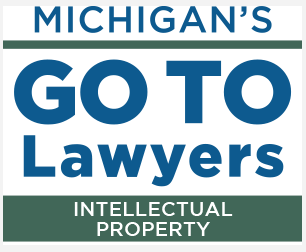Intellectual Property Insights from Fishman Stewart PLLC
Newsletter – Volume 22, Issue 19
Share on Social
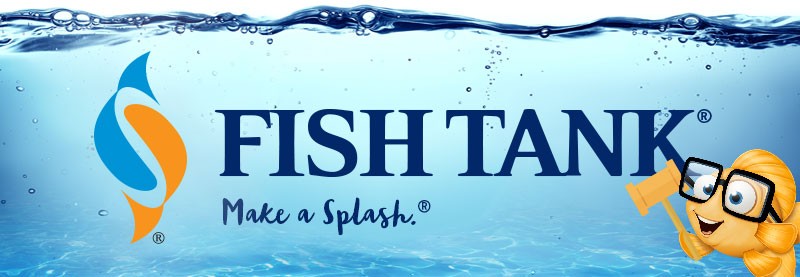
Patents – The Great Deal for Society
Patent systems have developed and exist in most countries around the world and are typically codified into the law of the land. Generally, patents provide their owners with the legal right to exclude anyone else from practicing (making or using) the patented invention for a limited period of time. This period of exclusivity provides a potentially huge financial benefit to the patent owner who may commercialize the invention and any innovations that incorporate the invention.
Take, for instance, a simple illustration of a chair. Let’s say Patty Patentee owns the patent to a chair and Polly Patentee owns the patent for a rocking chair. For a certain amount of time, Patty could exclude anyone else from making chairs, and Polly could exclude anyone else from making rocking chairs. Patty also could exclude Polly from making rocking chairs because they incorporate the broader chair that is covered by Patty’s chair patent. Alternatively, Patty and Polly could team up and work out a license agreement. Patty would have some good bargaining power, which is a great deal for Patty. But what about society? Wouldn’t it be better for anyone to freely make and use chairs and rocking chairs and rolling chairs and reclining chairs and the like?
Why should a government be willing to grant such power of exclusivity to a patent holder, and seemingly at the expense of the free market? The answer lies in a foundational bargain between society and inventors. In the US, this covenant is expressed in Article 1, Section 8 of the Constitution:
The Congress shall have the power to promote the Progress of Science and useful Arts, by securing for limited Times to Authors and Inventors the exclusive Right to their respective Writings and Discoveries
The premise is simple: an inventor is granted a patent and the limited period of exclusivity that comes with it—but in exchange, the inventor must disclose the invention AND tell the world how to make and use it. US law requires a complete disclosure of the invention in “clear, concise, and exact terms” to allow a skilled person to make and use the invention.
This detailed disclosure of patented inventions is what promotes the “Progress of Science” by driving innovation and development beyond the imagination, both during the life of the patent and after it expires. During the life of a patent, as we commonly call its “limited term of exclusivity,” it may not be prudent or feasible to license or purchase the invention. In these cases, there may be motivation to figure out a new way, or “design around,” the patent to avoid it. This drives the industry further through continued innovation where an inventor builds on the past while avoiding the patent, and is likewise motivated to obtain her own patent, and in exchange, tell the world how to make and use this new invention.
Moreover, after the patent expires it passes to the public domain and is free for everyone’s use, spurring yet more innovation. Groundbreaking technologies can then be built upon as those technologies become ubiquitous in larger society as set forth in a few examples.
In one example, early seeds of the now-ubiquitous Global Positioning System (GPS) reach back to 1970. Today, GPS technology has made its way into the pockets of millions of people in the form of smart phones. Perhaps not even the inventor could have imagined the impact of that invention back when it was first patented. Smart phones themselves may be traced back to digital mobile phone technology developed in 1973 and patented in the US and Germany.
Another example is the early development of carbon fiber in Japan (which is now available everywhere), and the role that patenting and licensing early in the process had on supporting and spurring development.
Les Paul, the inventor of the electric guitar in 1959, needs no introduction as an early innovator or as a musician. The electric guitar changed the musical world and led to the new sound and revolution in music that started in the 1960’s and continues to this day.
Finally, none of us want to imagine what the world was like before the development of the simple roll of toilet paper, but in 1891 Seth Wheeler imagined a better future and invented something that the world can only be grateful for.
This great tradeoff has driven innovation and technological advancement worldwide for generations. It has brought brilliant minds to bear on the world’s most challenging problems – motivating those minds to improve the technology and improve the world at large. Polly Patentee may be getting a great bargain, but society benefits too.
Lastly, it must be noted that the invention must meet other requirements too, such as requirements of patentable subject matter, being novel (meaning it hasn’t been previously patented, or already known to the public) and being nonobvious (meaning that it is not readily apparent to someone working in the field of that invention). Nonetheless, proper disclosure is a requirement, and improper disclosure (like publishing or making and selling the patented product to the public for too long before seeking patent protection) may mean you cannot obtain a patent. If you would like help or advice regarding the how, when, and what of a proper disclosure, or just want to chat more about patents, please contact us.
Paul Ratzmann is a partner at Fishman Stewart and a registered patent attorney, practicing in many technology fields. As an engineer, before he became a patent attorney, Paul was an inventor and is listed on eleven US patents, such as the one listed here.
Published September 16, 2022
Finny continues his adventures around the world!
Sir Finnegan, known as “Finny” to his school of family and friends, is taking a trip to explore the diversity of intellectual property all around the world. If you see Finny on his journey, please take a picture of Finny and post it on social media with the hashtag #FollowFinny so we can track his progress. A plush toy of Finny is available to take home HERE.
Follow Finny on Instagram as he travels around the world- @followfinny.





Related Content from Fishman Stewart
In our previous FishTank article “The Great Beige-Off: Influencer Sues for ‘Vibe’ Infringement,” we reported on Sydney Nicole Gifford’s lawsuit against fellow influencer Alyssa Sheil over allegations of copyright infringement involving neutral-toned social media content.
People have long pondered whether or not the Giza pyramids were indeed solely burial chambers, which was the only known, and archaeologically determined, use—until now.
As the story goes, Klein was so taken with the indescribable blue of the sky over the Mediterranean in Nice, France, that he dedicated his artistic talent developing a blue that would imbue the canvas with this color in its purest form.
Despite her pseudo-legal background in Suits, Meghan has been running into one issue after another in her efforts to register the trademark and logo for her new lifestyle company, for now, called “AS EVER”.
By 1930, efforts began in New York to replace Mother's Day with Parent's Day because men were more than just breadwinners. Those efforts didn't catch on, probably because in that era, women often spent more time in the home.
In February, Nike and Skims announced that they will be working together on a new brand, NikeSkims. The co-brand will create a new line of training apparel, footwear, and accessories specifically designed to meet the unique needs of women athletes.
Generally, federal courts have exclusive jurisdiction over copyright cases, and often, this presents an insurmountable paywall for individual artists and small businesses to vindicate their rights, especially where the value of the individual copyrighted works are relatively low.
Dedicated to raising public awareness about the importance of encouraging innovation and creativity throughout the world, the World Intellectual Property Organization (WIPO) annually observes World Intellectual Property Day on April 26 to showcase the role that patents, trademarks, industrial designs, copyrights and trade secrets play in our everyday lives.
Hold onto your foam fingers, sports fans – college sports just got a whole lot more interesting! The latest updates to Name, Image, and Likeness (NIL) rules are making student-athletes bigger than ever, and it’s not just about the game anymore.
Did a federal court in Louisiana recently decide that US copyrights are global rights? It seems so.
IDENTIFYING, SECURING AND ADVANCING CREATIVITY®


